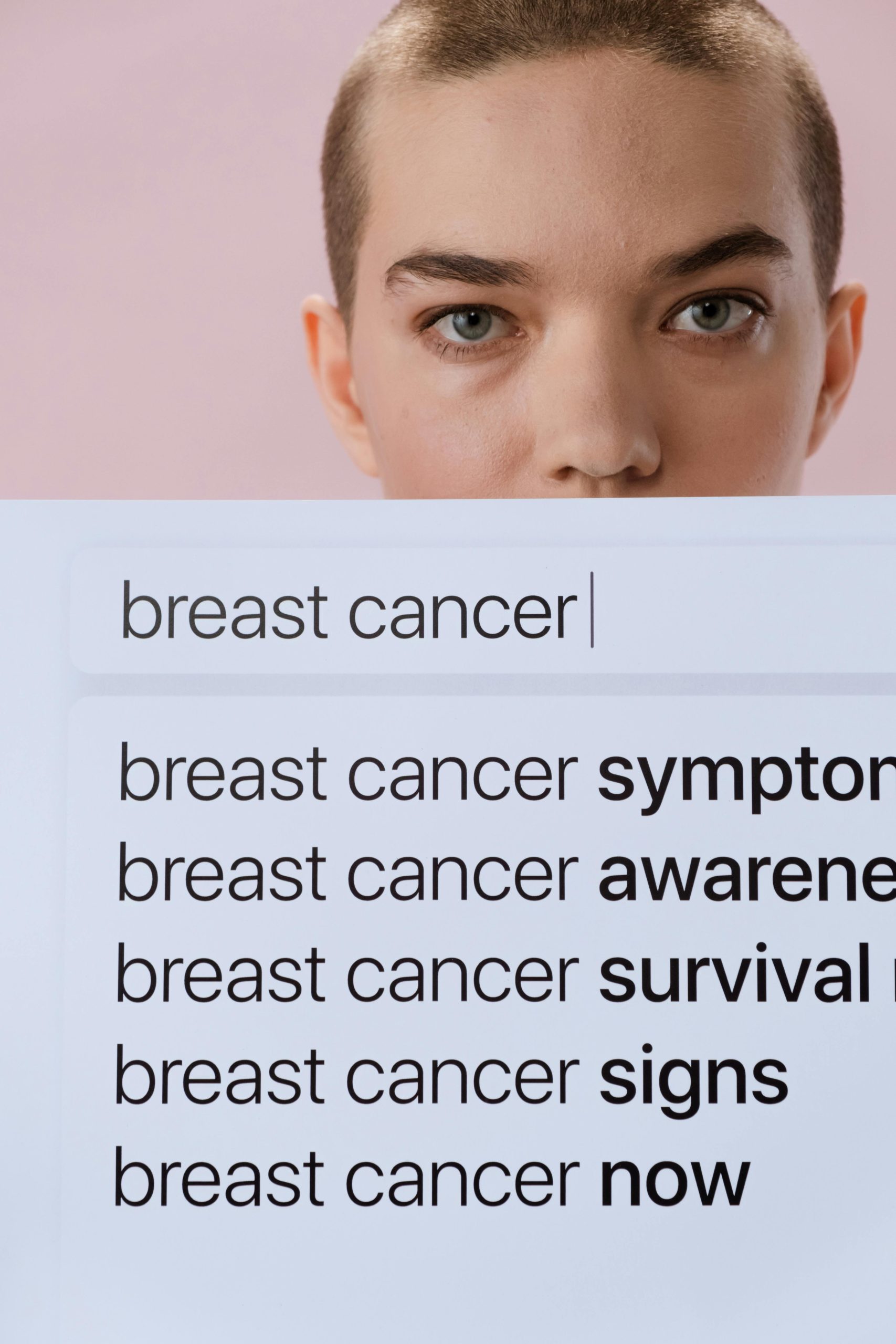Your smile is one of your most valuable assets, but gum disease can silently threaten its health and beauty. Often overlooked in its early stages, gum disease (also known as periodontal disease) can lead to serious oral health problems if left untreated. Recognizing the early warning signs is crucial to preventing irreversible damage. Here’s what you need to know to protect your smile today.
1. Bleeding Gums: A Red Flag You Can’t Ignore
One of the most common early signs of gum disease is bleeding gums, especially during brushing or flossing. Many people dismiss this as normal, but healthy gums should not bleed easily. Bleeding is often caused by inflammation, a response to bacterial buildup along the gumline.
Why It Happens
Plaque, a sticky film of bacteria, accumulates on teeth and gums. If not removed through proper oral hygiene, it hardens into tartar, irritating the gums and causing gingivitis—the earliest stage of gum disease.
What You Should Do
- Brush gently with a soft-bristled toothbrush twice a day.
- Floss daily to remove plaque between teeth.
- Schedule a dental cleaning to remove tartar buildup.
2. Persistent Bad Breath: More Than Just Embarrassing
Chronic bad breath (halitosis) can be a telltale sign of gum disease. While occasional bad breath is normal, a persistent foul odor often indicates bacterial growth in the mouth.
The Connection to Gum Disease
Bacteria in plaque release toxins that irritate gums and produce unpleasant-smelling compounds. If brushing and mouthwash don’t resolve the issue, gum disease could be the culprit.
How to Address It
- Improve your oral hygiene routine.
- Stay hydrated to reduce dry mouth, which can worsen bad breath.
- Visit your dentist to rule out gum disease or other underlying issues.
3. Receding Gums: A Silent Threat to Your Teeth
If your teeth appear longer or you notice exposed tooth roots, your gums may be receding. Gum recession is a progressive condition often linked to gum disease.
Causes of Receding Gums
Aggressive brushing, smoking, and untreated gingivitis can all contribute to gum recession. As gums pull away from teeth, pockets form, allowing bacteria to thrive and further damage tissues.
Prevention and Treatment
- Use a soft-bristled toothbrush and gentle brushing techniques.
- Quit smoking, as it accelerates gum damage.
- Seek professional treatment, such as scaling and root planing, to halt progression.
4. Swollen or Tender Gums: A Sign of Trouble
Healthy gums should be firm and pink. If yours are red, swollen, or tender to the touch, it’s a clear indication of inflammation caused by gum disease.
Why Inflammation Matters
Swelling is your body’s response to infection. Left unchecked, it can lead to deeper infections, bone loss, and even tooth loss.
Steps to Take
- Rinse with warm salt water to reduce swelling.
- Avoid sugary and acidic foods that can irritate gums.
- See your dentist for an evaluation and personalized care plan.
5. Loose or Shifting Teeth: A Late-Stage Warning
If your teeth feel loose or you notice changes in your bite, gum disease may have advanced to periodontitis. This stage involves damage to the bone and tissues supporting your teeth.
The Dangers of Ignoring It
Without intervention, loose teeth can eventually fall out or require extraction. Early treatment is essential to save your smile.
Immediate Actions
- Avoid chewing on affected teeth to prevent further damage.
- Consult a periodontist for specialized care.
- Discuss restorative options like splinting or gum grafts if needed.
Gum disease is a stealthy enemy, but catching it early can save your smile. If you notice any of these warning signs, don’t wait—schedule a dental checkup right away. With proper care and attention, you can reverse early gum disease and maintain a healthy, confident smile for years to come. Your gums are the foundation of your oral health; protect them today!
